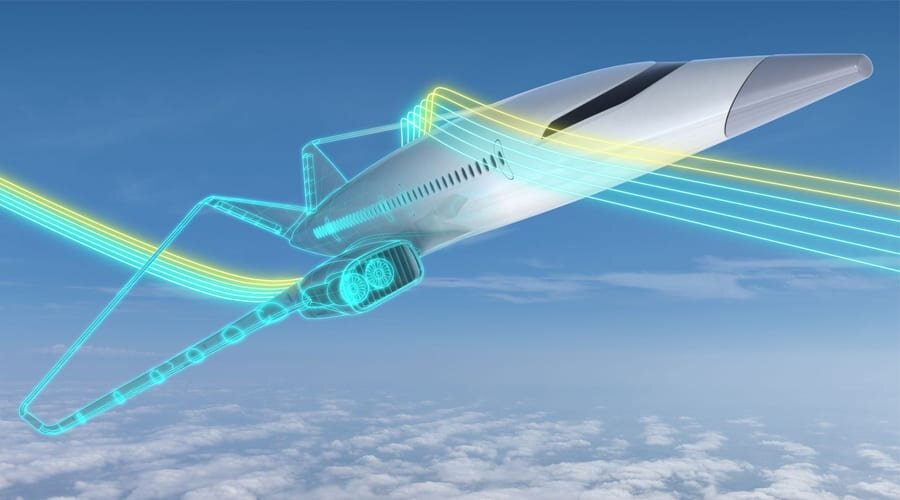

Advances in artificial intelligence (AI) have been huge. Strikingly, the reconciliation of AI and computational power has spearheaded “intelligent automation” and its most exceptional class, “cognitive automation”.
The insightful (r)evolution of Intelligent automation is the combination of robotic process automation (RPA) and cognitive technologies, including machine learning, probabilistic reasoning, natural language processing, and data analytics. Cognitive software would now be able to imitate human activities and, when joined with RPA, these frameworks can be trained to execute judgment-intensive tasks and perform operations that have verifiably required human intelligence and situational analysis.
Companies that can power up intelligent automation endeavors drastically improve operations, change their plans of action, and become winners for long-term. In any case, piecemeal endeavors that emphasize primarily on reducing the expense of legacy processes and diminishing headcount with, for instance, siloed efforts to automate payroll, invoice processing and customer service enquiries, won’t move the needle in this new world.
Investment in the intelligent automation (IA) market, which incorporates artificial intelligence (AI), machine learning (ML), and robotic process automation (RPA), is developing quickly. Overall spending is anticipated to arrive at US$232 billion by 2025 compared to an estimated US$12.4 billion today.
This technological jump carries critical implications to the products and services procedures of major A&D (aerospace and defence) players. Organizations who reevaluate their current and future abilities in the midst of disruption will be better positioned for the development in the digital age
Attributable to the progressions in technologies, for example, natural language processing and cognitive analysis the intelligent automation in aerospace & defence market is anticipated to fill further in the coming years. Organizations are additionally putting resources into research and development to plan and develop new products that can accumulate real-time information and send it back to the producers to analyse it.
The Intelligent Automation in the aerospace and defence market is fragmented based on component and application and these fragments are additionally isolated. Components are classified into hardware, software and services. In view of utilization, the market is classified into military, commercial aviation and space.
By component, the hardware segment ruled the overall market attributable to the variables, for example, increased graphic card speed and better performance of the processors. The chips are normally planned and focused on novel data flow architectures, in-memory computing capability, and low-precision arithmetic. Then again, the services segment is anticipated to grow at a speedy rate, inferable from the expanding adoption and implementation of artificial intelligence across the aerospace & defence industry.
The A&D area already has a history of utilizing intelligent automation, including supposed “smart” weapons by top-level militaries or space programs driven by trend-setting innovations. That inventive soul will keep on driving the advancement of new and exciting approaches to bring value to domestic and worldwide A&D supply chains. Without a doubt, the use cases of intelligent automation are amazing, from utilizing deep neural networks to process and translate reams of information into significant analytics, to directing autonomous vehicles (AVs) and advanced robots.
A&D companies are preparing for the future in an innovation-driven industry. As per KPMG’s Accelerating Automation report, more than (55%) of worldwide companies are exploring new automation opportunities. Organizations will seek after various kinds of automation to accomplish various goals, yet in all cases careful planning is crucial. Implementing intelligent automation is about something beyond technological change; it could influence components over an organization’s operating model
By area, Asia Pacific ruled the general market for intelligent automation in aerospace & defence with China ruling the overall segment. China is driving its way in the execution of intelligence automation applications in the military, business aviation and space industry. For example, Most of China’s air terminals plan to make sure about biometric technology tokens for all purposes of contact by 2022. They likewise concede to the full-scale execution of self-serve boarding entryways utilizing biometric authentication.
The intelligent automation in the aerospace & defence industry is divided in nature. There are some settled players associated with the advancement of the market from both data innovation and aerospace & defence industry. Some of the significant players are Microsoft Corporation, IBM Corporation, Airbus Group SE, The Boeing Company, Thales SA, Lockheed Martin Corporation, Intel Corporation, NVIDIA, Micron, Samsung, Xilinx, Amazon, General Electric, Garmin, SITA and Iris Automation Inc.

You must be logged in to post a comment.